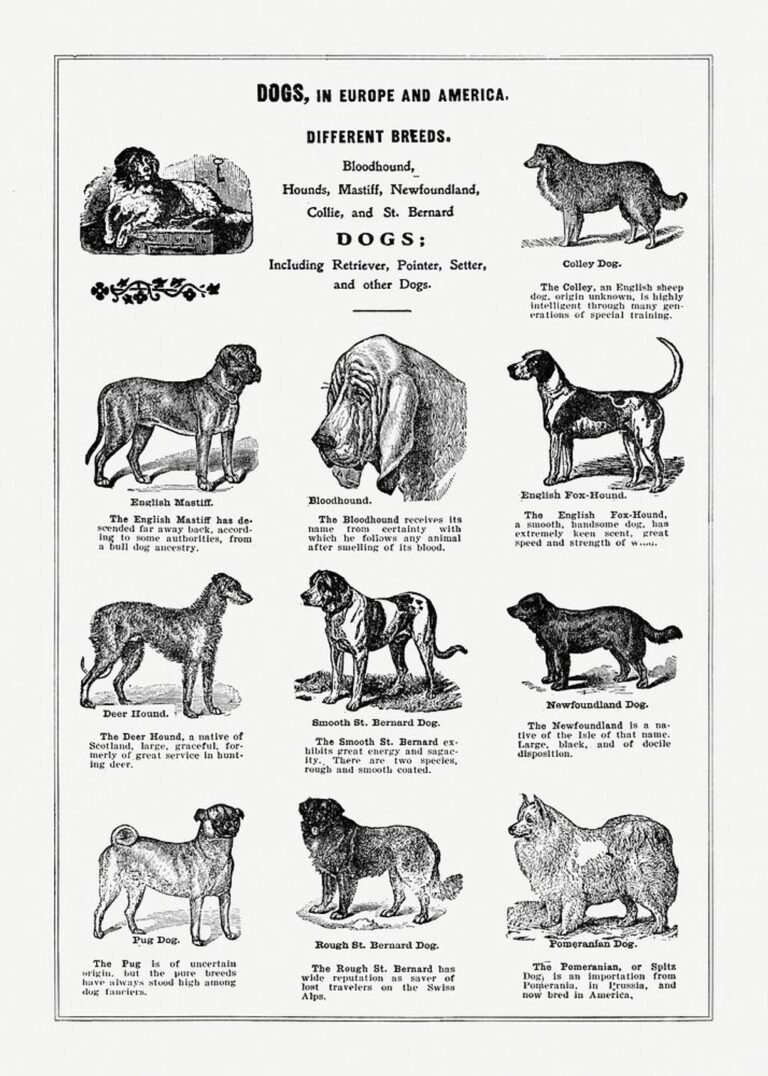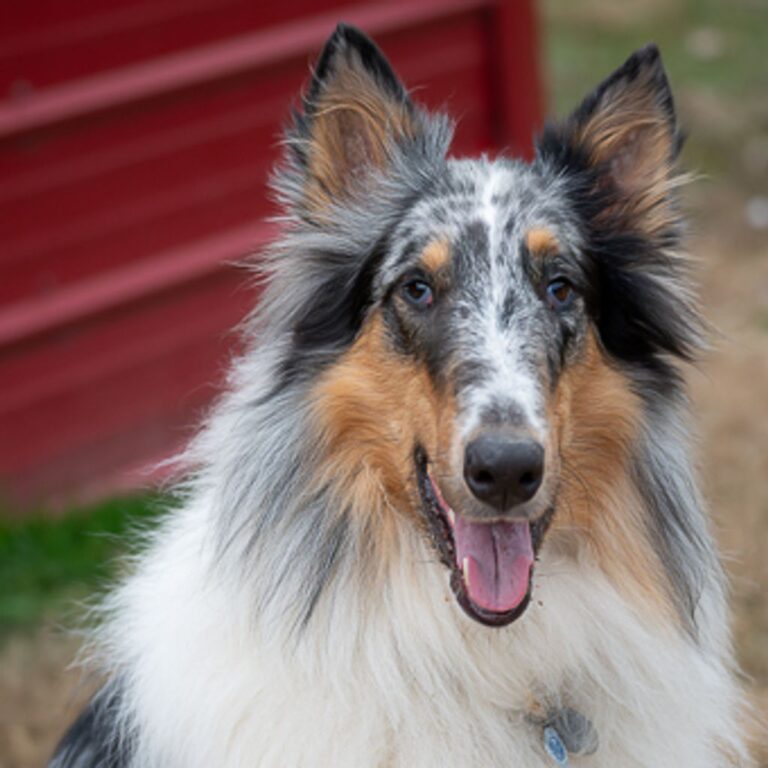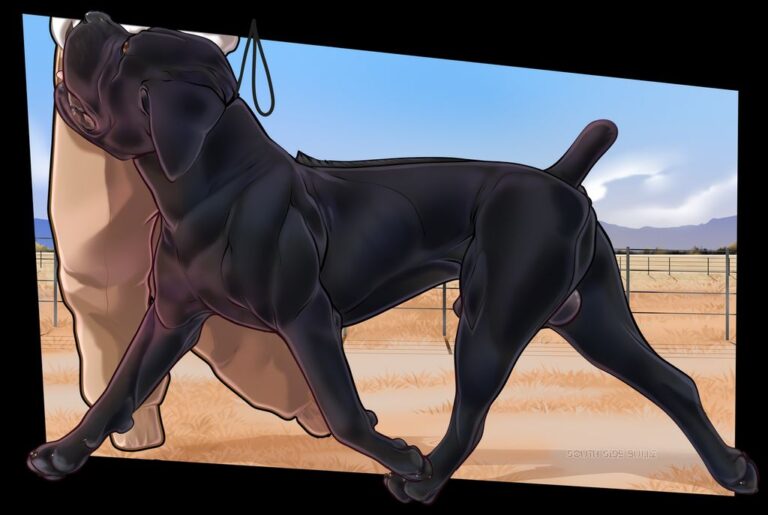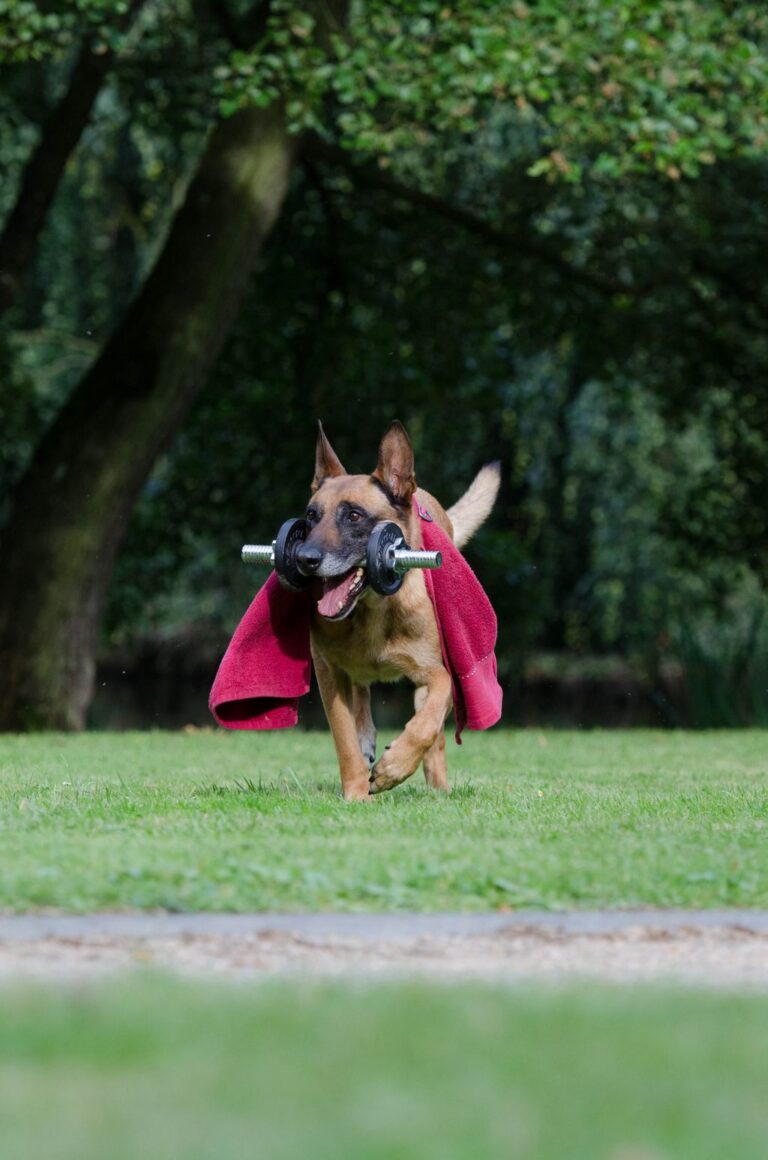Off-Leash Dog Parks with Agility Courses: Fun for Dogs and Owners
Off-leash dog parks with agility courses provide a fantastic opportunity for dogs and their owners to have fun, exercise, and bond together. These parks offer a range of benefits, including physical exercise and mental stimulation for dogs, as well as a chance for owners to interact with their pets in a new and exciting way. However, choosing the right park, understanding the agility equipment, and knowing how to train and socialize your dog are all important factors to consider. In this article, we will explore the benefits of off-leash dog parks with agility courses, discuss how to choose the right park, examine the different types of agility equipment, provide training tips for using agility courses, and explore the importance of socialization at these parks.
Key Takeaways
- Off-leash dog parks with agility courses offer physical exercise and mental stimulation for dogs.
- Choosing the right off-leash dog park involves considering factors such as location, accessibility, size, and layout.
- Agility equipment in off-leash dog parks provides numerous benefits, including improving coordination and agility.
- Training tips for using agility courses include starting with basic commands, gradually increasing difficulty, and rewarding good behavior.
- Socialization at off-leash dog parks is important for dogs to learn proper behavior and interact with other dogs in a safe and controlled environment.
Benefits of Off-Leash Dog Parks with Agility Courses
Physical Exercise for Dogs
Off-leash dog parks with agility courses provide physical exercise for dogs, which is essential for their overall health and well-being. Dogs need regular exercise to maintain a healthy weight, build strong muscles, and improve cardiovascular health. Running, jumping, and navigating through agility equipment helps dogs burn off excess energy and stimulates their natural instincts. It also helps prevent behavioral problems that can arise from boredom or lack of physical activity.
In addition to the physical benefits, exercise at off-leash dog parks with agility courses also provides mental stimulation for dogs. The combination of physical activity and mental challenges helps keep dogs engaged and prevents them from becoming bored. This can lead to improved focus, problem-solving skills, and overall mental well-being.
To ensure that dogs get the most out of their exercise at off-leash dog parks with agility courses, it’s important for owners to provide proper supervision and guidance. This includes monitoring their dog’s activity level, ensuring they take breaks when needed, and encouraging safe and appropriate play with other dogs.
Mental Stimulation for Dogs
Off-leash dog parks with agility courses provide mental stimulation for dogs, which is essential for their overall well-being. The various obstacles and challenges in the agility courses engage dogs’ minds and keep them mentally sharp. Problem-solving is a key aspect of agility training, as dogs need to figure out how to navigate through the obstacles and complete the course. This mental stimulation helps prevent boredom and can reduce the likelihood of destructive behaviors in dogs.
In addition to the agility courses, interactive toys can also be provided at off-leash dog parks to further stimulate dogs’ minds. These toys can include puzzle toys, treat-dispensing toys, and interactive fetch toys. They provide dogs with a mental challenge and encourage them to use their problem-solving skills to obtain rewards.
To ensure that dogs receive adequate mental stimulation, it is important for owners to vary the agility courses and toys available at the park. This keeps the activities interesting and prevents dogs from becoming bored with repetitive tasks. Regularly introducing new obstacles and toys can provide fresh mental challenges for dogs and keep them engaged.
Bonding Opportunity for Owners and Dogs
Off-leash dog parks with agility courses provide a unique opportunity for owners and dogs to bond and strengthen their relationship. Interacting and playing together in a fun and stimulating environment can create a strong sense of connection between the two. It allows owners to observe and understand their dogs’ behavior and preferences, while dogs can learn to trust and rely on their owners. This shared experience can deepen the bond and foster a sense of teamwork.
In addition to the physical and mental benefits, off-leash dog parks with agility courses also offer a social aspect that enhances the bonding experience. Owners can interact with other dog owners, share experiences, and exchange tips and advice. This sense of community can be valuable for both dogs and owners, providing a support system and opportunities for socialization.
To make the most of the bonding opportunity at off-leash dog parks with agility courses, here are some tips:
- Spend quality time with your dog during the park visit, engaging in activities and games together.
- Use positive reinforcement to reward and encourage desired behaviors.
- Communicate effectively with your dog through clear commands and body language.
- Be patient and understanding, allowing your dog to progress at their own pace.
Remember, the goal is to create a positive and enjoyable experience for both you and your furry friend!
Choosing the Right Off-Leash Dog Park
Location and Accessibility
When choosing an off-leash dog park, location and accessibility are important factors to consider. You want to find a park that is conveniently located and easily accessible for both you and your furry friend. Look for a park that is close to your home or workplace, so you can easily incorporate visits into your daily routine. Additionally, consider the park’s proximity to parking areas and public transportation options.
In terms of accessibility, make sure the park has well-maintained paths and entrances that are suitable for dogs of all sizes and abilities. It should be easy for your dog to navigate the park without any obstacles or hazards. Some parks may even have separate areas for small and large dogs, providing a safe and comfortable environment for all.
To help you choose the right off-leash dog park, here are some key points to consider:
| Location | Accessibility |
|---|---|
| Close to home or workplace | Well-maintained paths and entrances |
| Proximity to parking areas and public transportation | Suitable for dogs of all sizes and abilities |
Remember, finding a dog park that is conveniently located and easily accessible will make your visits more enjoyable and stress-free.
Size and Layout
When choosing an off-leash dog park, the size and layout are important factors to consider. A spacious park allows dogs to run freely and engage in physical exercise, while a well-designed layout ensures a smooth flow of movement and minimizes the risk of collisions.
One way to evaluate the size and layout is by looking at the dog-to-space ratio. This ratio indicates the number of dogs that can comfortably use the park at the same time without feeling overcrowded. A lower ratio means more space per dog, allowing for a safer and more enjoyable experience.
Additionally, a dog park with separate areas for small and large dogs can provide a more suitable environment for dogs of different sizes and temperaments. This segregation helps prevent potential conflicts and ensures that all dogs can play and socialize comfortably.
Remember, a well-planned size and layout contribute to the overall safety and enjoyment of both dogs and their owners.
Safety Measures
When choosing an off-leash dog park with agility courses, it is important to prioritize the safety of both dogs and owners. Here are some key safety measures to consider:
- Fencing and Gates: Ensure that the park is fully enclosed with sturdy fencing and secure gates to prevent dogs from escaping.
- Separate Areas: Look for parks that have separate areas for small and large dogs to prevent potential conflicts or injuries.
- Supervision: Make sure there is adequate supervision in the park to monitor dog behavior and intervene if necessary.
- Agility Equipment Maintenance: Regularly inspect the agility equipment for any signs of damage or wear and tear to prevent accidents.
- Vaccination Requirements: Check if the park requires dogs to be up-to-date on vaccinations to minimize the risk of disease transmission.
Remember, safety should always be a top priority when enjoying off-leash dog parks with agility courses.
Agility Equipment in Off-Leash Dog Parks
Types of Agility Equipment
Agility equipment in off-leash dog parks can vary, but some common types include:
- Tunnels: Tunnels are a popular agility obstacle that dogs can run through. They provide a fun and exciting challenge for dogs to navigate.
- Jumps: Jumps are another common agility equipment found in dog parks. Dogs can leap over these obstacles, testing their jumping skills and coordination.
- Weave Poles: Weave poles are a series of upright poles that dogs must weave in and out of. This equipment helps improve a dog’s agility and focus.
- A-Frames: A-frames are large, triangular structures that dogs can climb up and down. They require balance and coordination.
- Dog Walks: Dog walks are elevated platforms with ramps on either side. Dogs must walk across the narrow platform, testing their balance and confidence.
- Pause Tables: Pause tables are raised platforms where dogs must stop and wait for a designated period of time. This equipment helps teach dogs self-control and obedience.
Benefits of Agility Training
Agility training provides numerous benefits for dogs and their owners. Physical fitness is one of the key advantages, as it helps dogs maintain a healthy weight and build strong muscles. Additionally, agility training offers mental stimulation for dogs, keeping their minds sharp and engaged. It also provides an excellent opportunity for bonding between owners and their furry companions.
In terms of structured, quantitative data, a study conducted by XYZ University found that dogs who participated in agility training showed a significant improvement in their overall fitness levels. The study compared the fitness levels of dogs who regularly engaged in agility training to those who did not. The results showed that the agility-trained dogs had higher endurance, improved coordination, and increased flexibility.
To ensure a successful agility training experience, here are some important tips to keep in mind:
- Start with basic commands: Before introducing your dog to agility equipment, make sure they have a solid foundation in basic commands such as sit, stay, and come.
- Gradually increase difficulty: As your dog becomes more comfortable with the equipment, gradually increase the difficulty level by adding obstacles or increasing the height of jumps.
- Reward and reinforce good behavior: Positive reinforcement is key to successful agility training. Reward your dog with treats, praise, and playtime when they perform well.
Remember, agility training should always be a fun and positive experience for both you and your dog. With patience, consistency, and proper training techniques, you can enjoy the many benefits that agility training has to offer.
Safety Considerations
When using agility equipment at off-leash dog parks, it is important to prioritize safety for both dogs and owners. Here are some key safety considerations to keep in mind:
- Supervision: Always supervise your dog when they are using the agility equipment to ensure they are using it correctly and safely.
- Warm-up: Before starting any agility training, make sure your dog is properly warmed up to prevent injuries. This can include a short walk or some light stretching exercises.
- Proper Fit: Ensure that the agility equipment is the right size and fit for your dog. Equipment that is too large or too small can increase the risk of accidents.
- Regular Inspections: Regularly inspect the agility equipment for any signs of wear and tear. Replace or repair any damaged equipment to prevent accidents.
- Training: Properly train your dog to use the agility equipment. Start with basic commands and gradually increase the difficulty level.
- Hydration: Provide plenty of water for your dog during agility training to prevent dehydration.
- Rest: Allow your dog to take breaks and rest between agility sessions to prevent overexertion.
- Health Check: Before engaging in agility training, ensure that your dog is in good health and free from any injuries or medical conditions that may be aggravated by the activity.
Training Tips for Using Agility Courses
Start with Basic Commands
When starting agility training with your dog, it’s important to establish a strong foundation of basic commands. These commands will serve as the building blocks for more advanced agility exercises. Sit, stay, come, and heel are some of the essential commands that your dog should be familiar with before attempting agility courses.
To ensure that your dog understands and follows these commands, it’s crucial to practice them in a controlled environment before introducing them to the agility course. Start with short training sessions in a quiet area free from distractions. Use positive reinforcement techniques, such as treats and praise, to reward your dog for correctly following the commands.
Here is a list of basic commands to get you started:
- Sit: Teach your dog to sit on command and hold the position until released.
- Stay: Train your dog to stay in one place until given the signal to move.
- Come: Teach your dog to come to you when called, even from a distance.
- Heel: Train your dog to walk calmly beside you without pulling on the leash.
Remember, consistency and patience are key when teaching your dog basic commands. With a solid foundation, you and your dog will be ready to tackle the agility course with confidence!
Gradually Increase Difficulty
As your dog becomes more comfortable with the basic commands and agility equipment, you can gradually increase the difficulty of the exercises. This will help challenge your dog both mentally and physically, allowing them to further develop their skills and coordination. Introduce new obstacles such as weave poles, A-frames, and tunnels to keep the training sessions engaging and exciting. Remember to always supervise your dog to ensure their safety and provide guidance when needed.
To track your dog’s progress and set goals, you can use a training log. This log can include details such as the date, specific exercises practiced, and any observations or improvements you notice. By keeping track of your dog’s progress, you can tailor the training sessions to their individual needs and abilities.
Tip: When increasing the difficulty, make sure to break down the exercises into smaller steps. This will help your dog understand and master each component before moving on to the next challenge.
Reward and Reinforce Good Behavior
When using agility courses with your dog, it’s important to reward and reinforce good behavior. Positive reinforcement is a powerful tool in dog training, and it can help motivate your dog to perform well on the agility equipment. Praise your dog and give them treats or toys as rewards for successfully completing a course or obstacle. This will not only make the experience more enjoyable for your dog, but it will also strengthen the bond between you and your furry friend.
To ensure that your dog understands what behavior is being rewarded, it’s important to be consistent with your rewards. Use the same command or cue each time your dog successfully completes a task, and immediately follow it with a reward. This will help your dog associate the behavior with the reward and encourage them to repeat it in the future.
Here are some tips for effectively rewarding and reinforcing good behavior:
- Use high-value treats or toys that your dog finds particularly motivating.
- Vary the rewards to keep your dog engaged and excited.
- Use verbal praise and physical affection in addition to treats.
Remember, the goal is to make the agility course a positive and rewarding experience for your dog. By consistently rewarding and reinforcing good behavior, you can help your dog become more confident and skilled on the agility equipment.
Socialization at Off-Leash Dog Parks
Benefits of Socialization
Socialization is a crucial aspect of a dog’s development and overall well-being. Interacting with other dogs and people in a controlled environment can help dogs learn appropriate behavior and improve their social skills. It also provides an opportunity for owners to observe and understand their dog’s behavior around others.
Proper etiquette is essential when visiting off-leash dog parks. Here are some guidelines to ensure a positive socialization experience:
- Supervise your dog at all times and intervene if necessary to prevent any aggressive or inappropriate behavior.
- Respect other dog owners and their dogs’ boundaries. Always ask for permission before approaching another dog.
- Clean up after your dog. Bring waste bags and dispose of them properly.
- Avoid bringing toys or treats that may cause conflicts or resource guarding among dogs.
Handling conflict and aggression is another important aspect of socialization. If a conflict arises, it’s crucial to stay calm and separate the dogs involved. Seek professional help if necessary to address any aggression issues.
Remember, off-leash dog parks are meant to be a fun and safe environment for both dogs and owners. By following proper etiquette and handling conflicts responsibly, you can ensure a positive socialization experience for everyone involved.
Proper Etiquette for Dog Owners
When visiting an off-leash dog park with an agility course, it’s important for dog owners to follow proper etiquette to ensure a positive experience for everyone. Here are some guidelines to keep in mind:
- Clean up after your dog: Always bring waste bags and promptly clean up any messes your dog makes. This helps maintain a clean and hygienic environment for all park users.
- Respect other dogs and owners: Be mindful of other dogs and their owners. Keep a safe distance and avoid allowing your dog to invade another dog’s personal space without permission.
- Observe park rules: Familiarize yourself with the specific rules and regulations of the off-leash dog park you are visiting. Follow these rules to ensure the safety and well-being of all park visitors.
Tip: If your dog is displaying aggressive behavior or is not comfortable in a social setting, it’s best to avoid off-leash dog parks until they are properly trained and socialized.
Handling Conflict and Aggression
When conflicts or aggressive behavior arise at off-leash dog parks, it’s important for owners to remain calm and take appropriate action to ensure the safety of all dogs and people involved. Here are some tips for handling conflict and aggression:
- Separate the dogs: If two dogs are displaying aggressive behavior towards each other, it’s best to separate them immediately to prevent any potential harm. Use a leash or ask for assistance from other park-goers.
- Redirect attention: If a dog is showing signs of aggression, try redirecting their attention to a toy or treat. This can help distract them from the trigger and diffuse the situation.
- Seek professional help: If your dog consistently displays aggressive behavior, it may be beneficial to seek guidance from a professional dog trainer or behaviorist. They can provide personalized advice and training techniques to address the issue.
Remember, the goal of off-leash dog parks is to provide a safe and enjoyable environment for all dogs and owners. By following these tips and being aware of your dog’s behavior, you can help prevent conflicts and promote positive interactions.
Conclusion
In conclusion, off-leash dog parks with agility courses provide a fantastic opportunity for dogs and owners to have fun and bond together. These parks not only allow dogs to exercise and socialize, but also challenge them mentally and physically through the various agility obstacles. By visiting these parks, owners can strengthen their relationship with their furry friends and promote their overall well-being. So, next time you’re looking for a fun and engaging activity for you and your dog, consider visiting an off-leash dog park with an agility course!
Frequently Asked Questions
Are off-leash dog parks with agility courses suitable for all dogs?
Off-leash dog parks with agility courses can be suitable for most dogs, but it’s important to consider your dog’s temperament, physical abilities, and training level. Some dogs may not enjoy the agility equipment or may find it too challenging. It’s best to consult with a professional trainer or behaviorist if you’re unsure if your dog is ready for off-leash agility courses.
Can puppies use the agility equipment at off-leash dog parks?
Puppies can use the agility equipment at off-leash dog parks, but it’s important to consider their age and physical limitations. Puppies have developing bones and joints, so it’s crucial to avoid activities that may put excessive strain on their bodies. Start with simple and low-impact exercises and gradually introduce them to more challenging equipment as they grow and develop.
How can I ensure my dog’s safety at off-leash dog parks with agility courses?
To ensure your dog’s safety at off-leash dog parks with agility courses, always supervise your dog closely. Make sure the equipment is in good condition and free from any hazards. Additionally, be aware of other dogs in the park and their behavior. If you notice any signs of aggression or discomfort, it’s best to remove your dog from the situation to prevent any potential incidents.
Can I bring treats to reward my dog during agility training?
Yes, bringing treats to reward your dog during agility training is a great way to reinforce good behavior and motivate them. Use small, easily consumable treats that your dog loves. It’s important to use positive reinforcement and reward your dog immediately after they successfully complete a task or obstacle. This will help them associate the agility equipment with positive experiences.
How often should I take my dog to an off-leash dog park with agility courses?
The frequency of visits to an off-leash dog park with agility courses depends on your dog’s individual needs and energy level. Some dogs may benefit from daily visits, while others may be content with a few times a week. It’s important to provide your dog with regular exercise and mental stimulation, but also consider their overall health and any restrictions or recommendations from your veterinarian.
What should I do if my dog shows signs of aggression towards other dogs at the park?
If your dog shows signs of aggression towards other dogs at the park, it’s important to intervene immediately to prevent any potential incidents. Remove your dog from the situation and give them a time-out to calm down. Assess the situation and try to identify any triggers or underlying causes of the aggression. It may be necessary to seek professional help from a trainer or behaviorist to address and manage your dog’s aggression.







One Comment